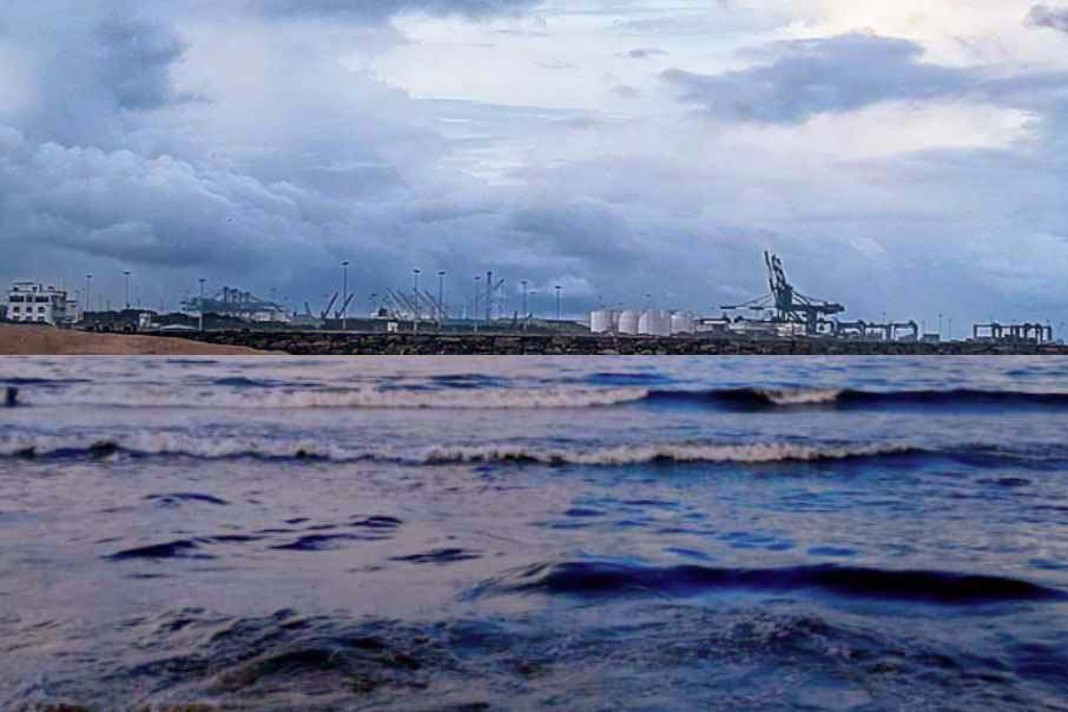- The fast-growing shadow fleet is creating a major safety and visibility risk for global shipping.
-
Over 3,000+ vessels may already be operating without proper oversight, data or insurance.
-
Each ship that goes dark removes critical information, weakening safety, trade data and risk modelling.
Shadow Fleet Growth Raises Major Safety and Data Risks — As Posted by AJOT
The shipping industry is accustomed to uncertainty, but the rapid rise of the shadow fleet presents a distinct challenge. It’s not only a regulatory or geopolitical issue — it is now becoming an information gap that affects global safety.
A Parallel System Growing Out of Sight
Senior industry leaders are warning that the dark fleet will continue expanding.
Recently, six tankers and four gas carriers were blacklisted by the US, bringing Iran-sanctioned vessels to 170, while almost 16% of the global crude fleet is linked to sanctioned trades.
Experts estimate that more than 3,000 vessels may already be operating with limited oversight, some nearing end-of-life and running without proper insurance. Many of these ships are described as “ticking time bombs”.
From Lost Signals to Lost Truth
Switching off or manipulating AIS is often seen as a sanctions-avoidance tool, but the real issue is the damage it does to maritime data.
When thousands of voyage hours go unrecorded, the industry loses what can be called “dark data” — information gaps that weaken visibility, risk models and even global trade indices.
Like the dark web, this parallel system hides real activities, making verification and accountability harder while increasing uncertainty and cost for everyone.
AIS Alone Is No Longer Enough
AIS signals today are often switched off, spoofed or falsified. This makes the digital picture unreliable for ships navigating responsibly.
This is why visual intelligence is becoming essential.
Using AI-based situational awareness, combining thermal cameras, daylight cameras and radar crews can confirm what is physically present even when digital signals fail.
This is verification, not surveillance, and it creates a safer baseline for navigation.
Risk Without Learning
A worrying trend is the quiet scrapping or abandonment of sanctioned ships. Some are being dismantled outside proper channels, while others are left offshore with minimal oversight.
Without official reporting, these incidents never enter the global safety system — meaning the industry cannot study them or learn from them.
Restoring Visibility
Restoring visibility is not only about real-time safety. It protects the industry’s ability to learn from incidents and strengthen future decision-making.
Modern seamanship will increasingly require:
-
visual verification when AIS is unreliable
-
credible digital evidence for operational and legal clarity
-
active data sharing across responsible fleets
These steps enhance navigation safety and facilitate effective risk management.
Did you subscribe to our daily Newsletter?
It’s Free — Click here to Subscribe!
Source: AJOT

























